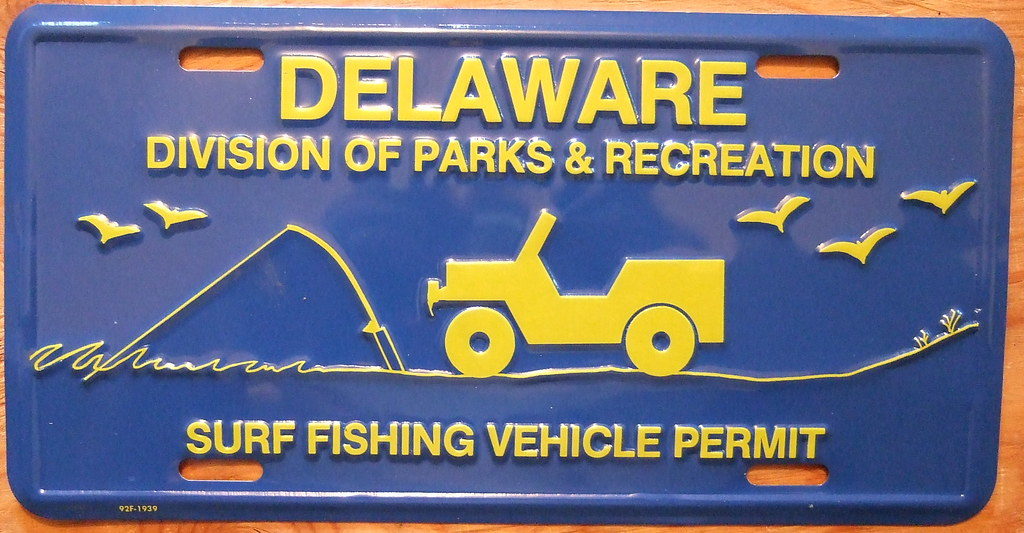By Eric Burnley, Sr.
Delaware Bay
More yellow perch reports from the St. Jones and the Leipsic rivers. Blood and earthworms plus live minnows remain the top baits. Fish them on bottom rigs or on a jighead or shad dart that you can bounce across the bottom. Look for the perch in the deeper holes of the tidal rivers and creeks.

We also had reports of yellow perch in the Nanticoke River and Broad Creek. The same baits and techniques work here. Blue catfish are also beginning to show up in the same areas on cut bunker, live minnows or herring.
Inshore Ocean
Tog catches vary from one day to the next. This week good weather did not provide the best action. Those who fished in the rain on Tuesday had numerous fish over 10 pounds. Looks like a windy weekend so the boats may not leave the dock.

Offshore Ocean
No offshore report this week.
Indian River Inlet
Still no reports of any success here. There should be some yellow perch in the upper reaches of the Indian River at Millsboro, but I don’t have any reports to confirm that.
Surf Fishing
Nothing from here and it could be another month before the first fish arrive.

Freshwater
March 7 will see the opening of Delaware trout season in the two downstate ponds. Newton near Greenwood and Tidbury in Dover will be stocked this week so that anglers may begin to harvest the trout at 7 a.m. next Saturday. You will need the proper license and trout stamp. Check the latest Delaware Fishing Guide for all of that information. I got mine online.
The ponds continue to produce bass, crappie and pickerel for those who fish with live bait or lures. I would not be surprised to see some catfish and pickerel at the local spillways.
Trailer Lights
It is a good idea to check the lights on your boat trailer before you depart at o’dark thirty on your first fishing trip of the season. Simply hook your tow vehicle up to the trailer and have someone check the lights while you operate them. Sounds simple enough, but I bet there are a few folks reading this who have been caught with non-operating lights and ended up burning fishing time fixing them before they could leave their driveway.
One thing I did with my lights, that so far has kept them working, is to move them to the top of my guide posts. All it takes is some trailer wire, a soldering gun, post light brackets and a little time. Run the new wires down the PVC guide posts and connect them to the original trailer wires. I solder the connection then wrap the joint with waterproof tape.
At the other end of the guide posts I drill a hole and pull the wires through. The light is connected to a post light bracket available at your local boat supply store. The wires are once again soldered and wrapped with waterproof tape. So far, this has kept my lights high and dry and working.

